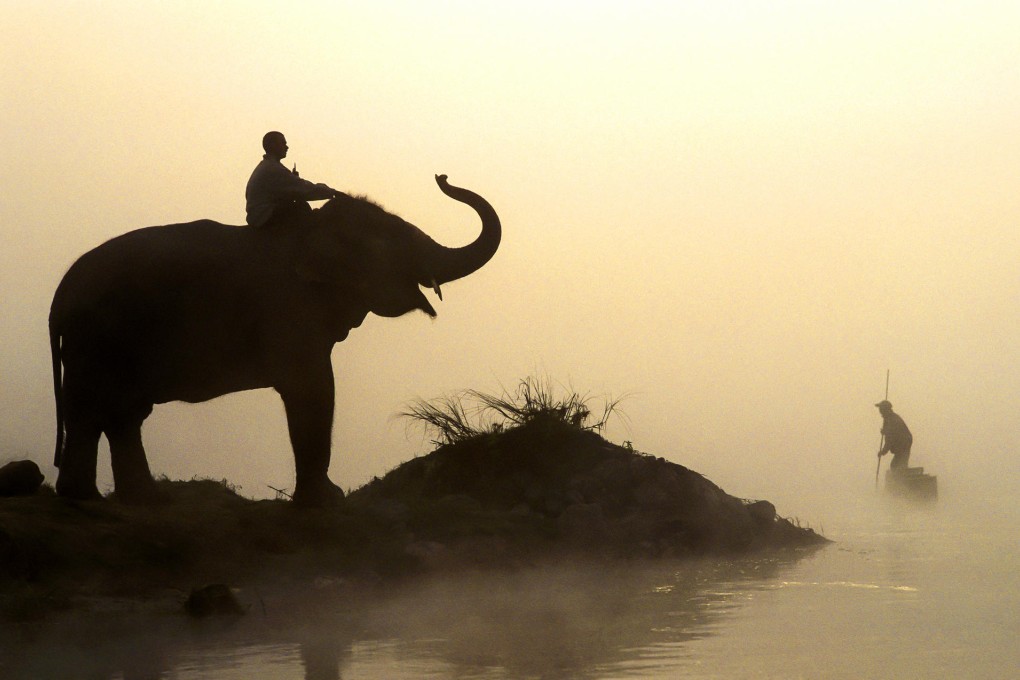Nepal's Terai plains offer wildlife and sacred sites
Nepal's southern fringe is a land of free-roaming fauna and protected forests, a tempting world away from the mountainous north, writes Shafik Meghji

"Chh-op." Nothing. "Chh-oooop?" My throat is getting sore. The mahout, knee-deep in the river, looks up, smiles and gives the thumbs up. One more try and a fraction of a second later Rani's wrinkled grey trunk arches back towards me and squirts water into my face.
Down river, tourists are perched on pachyderms, enduring a similar drenching to a chorus of laughs, splashes and periodic trumpeting. People are busy scrubbing away or snapping photos. Elephant bath time has begun. These raucous scenes are common on the East Rapti River, which separates the village of Sauraha from Chitwan National Park in Nepal's south.
Most people associate Nepal with the Himalayas, trekking and Kathmandu's tourist hangouts, but the Terai plains in the country's south stand apart.
The lowlands are hot, flat and culturally distinct. They are home to stunning national parks, elaborate Hindu temples, and one of the world's holiest Buddhist sites. Chitwan is about 150 kilometres by road south of Kathmandu. The forest houses the endangered greater one-horned rhinoceros, which can be spotted on guided walks, jeep tours, canoe trips, and - most enjoyably - on elephant rides. Before bath time, Rani and her mahout took me through a forested buffer zone separating the national park from the villages.
We get to within metres of a female rhino and calf, grazing peacefully as the morning sun breaks around them. Getting close to the wildlife is easier from an elephant's back as its scent masks yours.
Later, I stop off at the Elephant Breeding Centre, a project run by the national park that aims to boost the population by allowing the animals to mate in peace. Baby elephants are the biggest draw, but there's also a tiny museum with a helpful list of verbal commands for elephants, including "chh-op", or spray water.